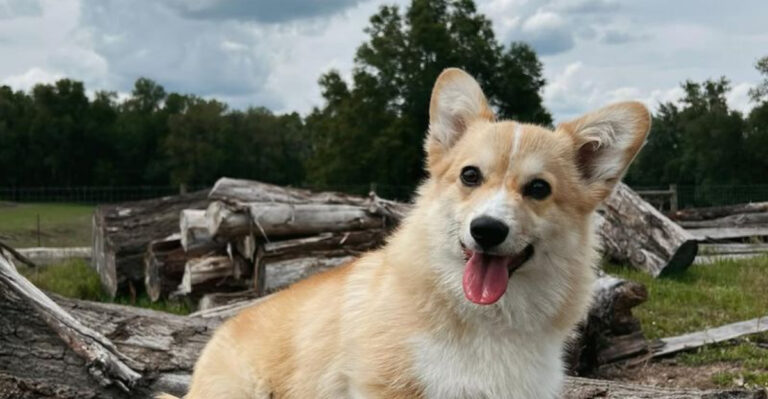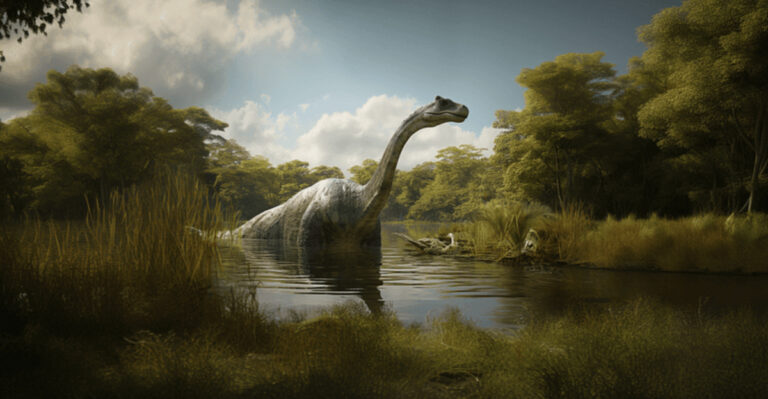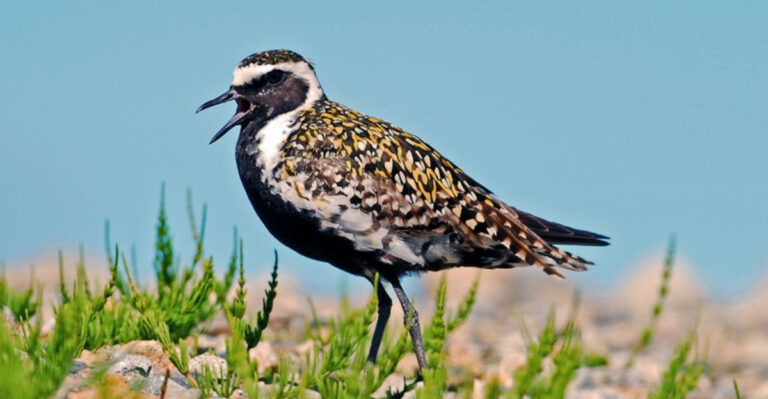Discovery Of ‘Dog-Like’ Saber-Toothed Predator Fossil That Predates Dinosaurs
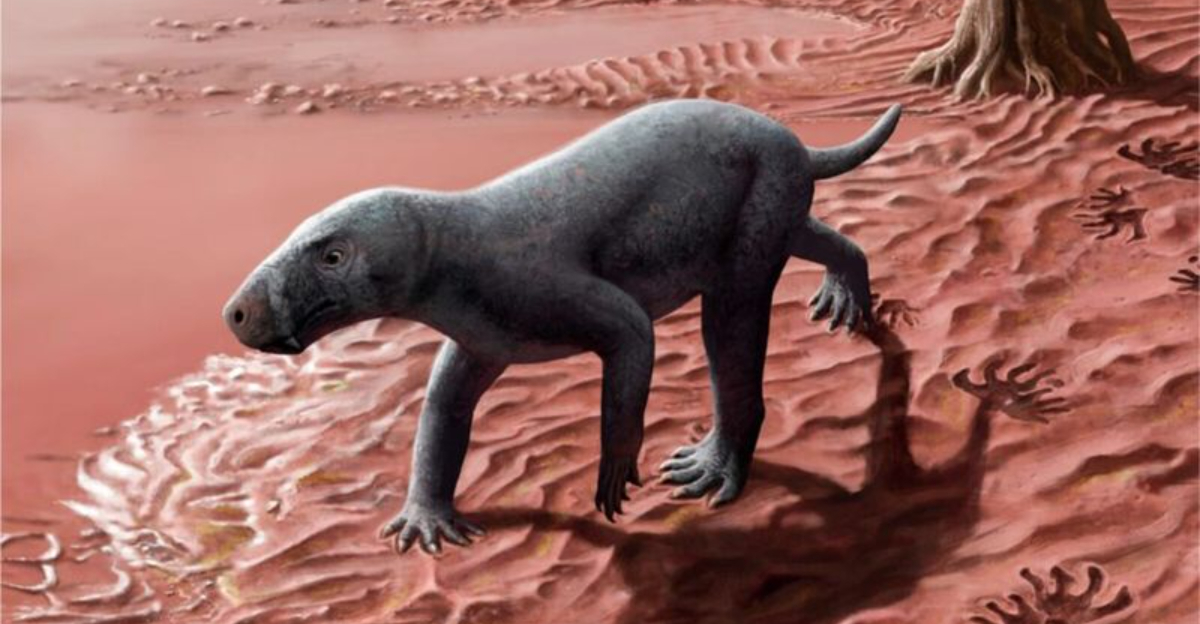
Discovering a fossil that’s both dog-like and saber-toothed sounds like a tale straight out of a prehistoric adventure novel! This unusual find challenges everything we thought we knew about ancient predators.
Imagine a time when creatures roamed the Earth that seemed to blend the features of different animals we know today. This fossil does just that, and it’s causing quite the stir in scientific circles.
So, grab a cup of coffee and get comfortable as we explore unique insights into this groundbreaking discovery!
1. Unveiling The 270-Million-Year-Old Predator That Resembled A Canine
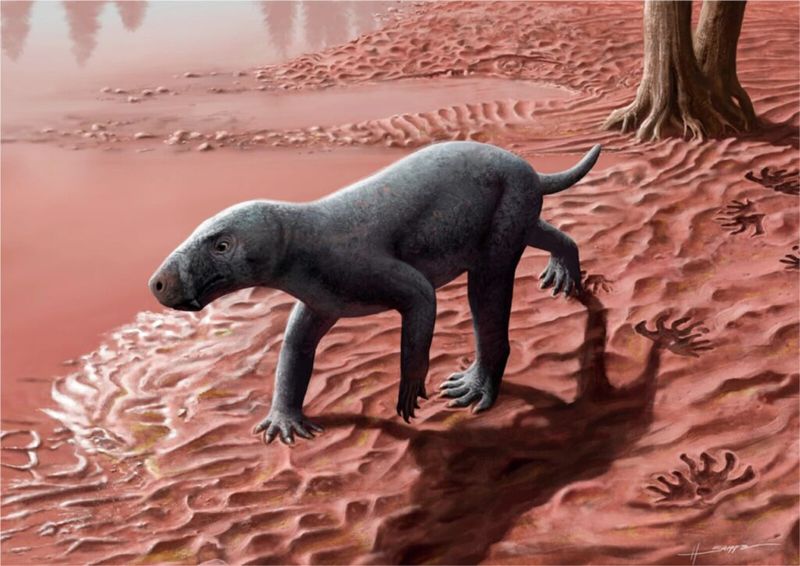
Imagine stumbling upon a creature that roamed the Earth 270 million years ago, sporting features that are both familiar and bizarre.
This ancient predator, with its dog-like appearance, might just confuse even the keenest of modern-day animal lovers. In the era before dinosaurs, it was a top predator, using its impressive saber teeth to secure its place in the food chain.
Such a fascinating blend of characteristics challenges our understanding of evolutionary paths. Were there more creatures like this? This discovery opens the door to a world of new questions and possibilities in the study of evolution.
2. How A Newly Discovered Fossil Challenges Our Understanding Of Early Mammal Evolution

When you think of early mammals, images of small, scurrying creatures likely come to mind, not a saber-toothed predator with a dog’s stance!
This fossil throws a wrench into traditional evolutionary timelines, offering a glimpse into a previously unimagined lineage. T
he mammalian traits observed in this fossil suggest that evolutionary experimentation was far more diverse than previously thought.
Were mammals experimenting with form and function long before dinosaurs took the stage? This finding challenges us to reconsider which traits were advantageous, potentially rewriting the chapters on mammalian origins.
3. Exploring The Significance Of The Oldest Saber-Toothed Predator Fossil
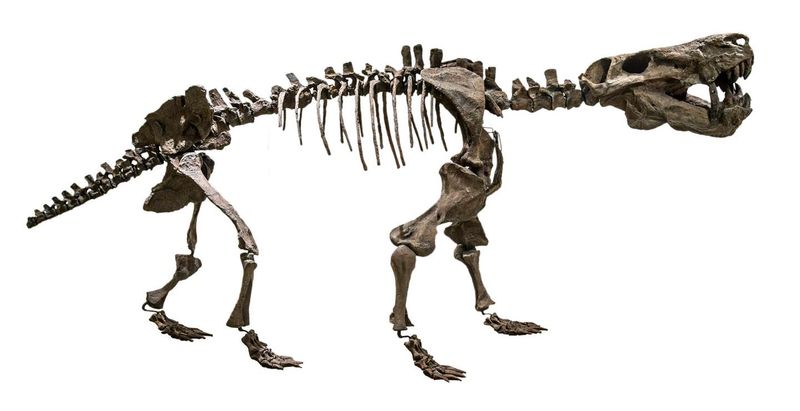
This fossil isn’t just old; it’s the oldest saber-toothed predator fossil discovered to date.
Such a find reshapes our perception of how complex predator-prey dynamics were established millions of years ago. It hints at a world where lethal adaptations were the norm, leading to a dynamic and competitive ecosystem.
How did these creatures adapt to survive in such conditions? Understanding their strategies offers insights into survival tactics that may have influenced future species.
This fossil is a key piece in the puzzle of life’s history, revealing the intricate dance of evolution that has unfolded over eons.
4. Insights Into The Evolutionary Lineage Of Saber-Toothed Mammals
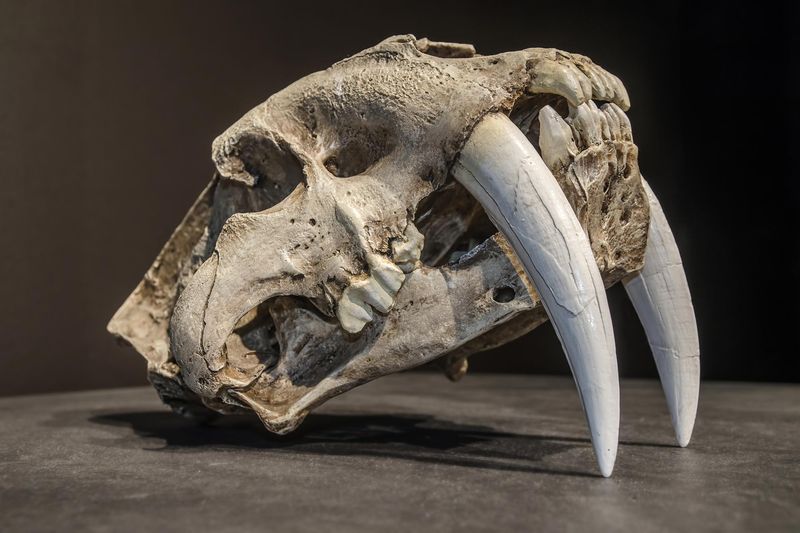
What do saber teeth have to do with evolution? Quite a lot, it turns out! This fossil provides a rare window into the evolutionary journey of saber-toothed mammals, showcasing how specialized traits can develop.
Could the development of saber teeth have been a turning point in mammalian evolution? These characteristics didn’t just happen overnight—they were honed over millennia, revealing the selective pressures and adaptations in early ecosystems.
By studying this lineage, scientists can trace the evolutionary routes that led to modern mammals, deepening our appreciation for nature’s complexity and ingenuity.
5. The Role Of Gorgonopsians In Prehistoric Ecosystems

Meet the gorgonopsians, the rock stars of the Permian period. These creatures dominated their ecosystems long before dinosaurs appeared, playing a pivotal role in the food web. With fearsome saber teeth and agile bodies, they were formidable hunters.
This new fossil suggests these predators were even more diverse than previously thought, occupying various ecological niches.
How did they impact their environment? And what legacy did they leave for future predators? Gorgonopsians exemplified evolutionary success, showcasing nature’s ability to innovate and adapt in response to environmental challenges.
6. Comparing The Newly Discovered Fossil To Modern-Day Mammals
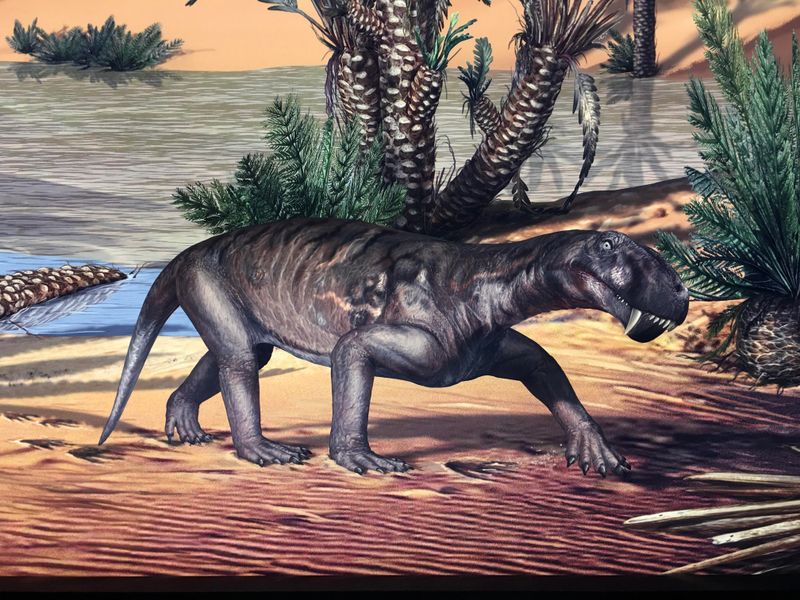
It’s like a game of ‘spot the difference’ between this ancient predator and today’s canines! The structural similarities are uncanny, yet their purposes vastly differ.
While today’s dogs are often companions, this creature was a top predator, relying on its saber teeth to assert dominance.
Studying these similarities and differences offers a fascinating glimpse into evolutionary processes.
How did these traits evolve differently across eons? This comparison helps us appreciate the diverse paths evolution can take, molding creatures to fit their environments in sometimes surprising ways.
7. Implications Of The Discovery On Paleontological Research

The paleontological world is buzzing with this discovery! It prompts a reevaluation of existing theories and encourages fresh perspectives on prehistoric life.
Could other undiscovered fossils be lurking beneath our feet, waiting to challenge more scientific norms? This finding underscores the importance of fieldwork and the potential for groundbreaking discoveries.
Each new fossil adds a piece to the puzzle, helping scientists reconstruct the tapestry of life on Earth. This discovery is not just about the past; it fuels the future of research, inspiring scientists to continue their quests for knowledge.
8. The Importance Of Fossil Discoveries In Rewriting Prehistoric History

Each fossil tells a story, and this one is no exception. It offers a snapshot of a world long gone, reshaping our understanding of prehistoric life and evolution.
Fossil discoveries like this are crucial—they provide tangible evidence that can confirm, challenge, or even overturn established scientific theories.
How many more stories lie buried, waiting to be unearthed? This discovery emphasizes the significance of fossils in piecing together Earth’s history, allowing us to walk among ancient giants, if only for a moment, and glimpse the enormity of life’s evolutionary journey.
9. Analyzing The Fossil’s Impact On The Timeline Of Mammalian Evolution

This remarkable fossil nudges the timeline of mammalian evolution, suggesting that complex traits developed earlier than believed.
If saber teeth appeared in this ancient predator, what other features might have originated sooner than we think? It invites a reevaluation of the sequence and pace of mammalian development.
Each fossil discovery has the potential to shift our understanding of life’s progression, highlighting the fascinating dance of evolution.
As scientists piece together this timeline, we gain insights into the intricate processes that have shaped the diversity of life we see today.

